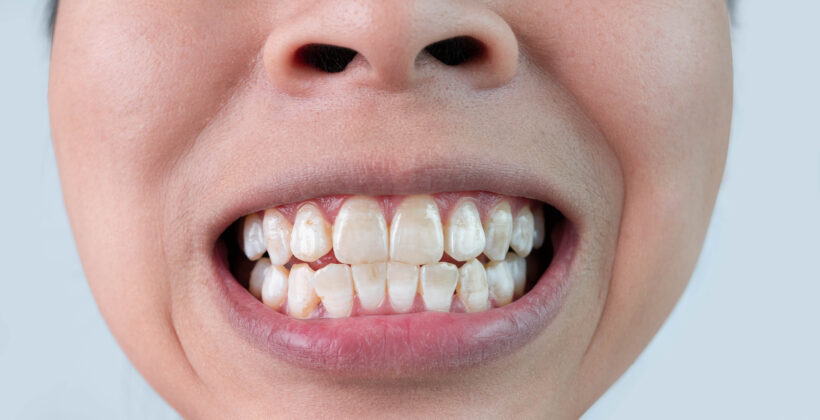Have you noticed white spots on your teeth or your child’s teeth? These spots can be caused by several factors. Medications, diet, illness, trauma to the tooth, or too much fluoride exposure may be some factors. In most cases, however, the spots are no cause for concern. Here, we will discuss the common causes of white spots, how to treat them, and how to prevent more spots.
3 Common Causes
When it comes to white spots on the teeth, there are usually 3 common reasons why they develop: demineralization, enamel hypoplasia, and fluorosis.
Demineralization
Demineralization is also known as decalcification. The bacteria in the mouth can build up over time. If not remediated, then the bacteria will start to eat away at the calcium in the tooth enamel. As the tooth enamel wears away, white or brown spots begin to appear on the teeth.
Enamel Hypoplasia
Enamel hypoplasia is a condition in which the enamel covering the teeth is extremely thin or not present at all. It is estimated that 1 in 14,000 people have the condition. Enamel hypoplasia usually presents in childhood, but it can appear in adulthood, too. There are several reasons why a patient may develop the condition, including:
- A poor diet
- A high fever during an illness
- Smoking during pregnancy
- Premature birth
- Certain medications
- An injury to the tooth
Fluorosis
Fluoride is a mineral that is used to strengthen and restore tooth enamel. The mineral can be found in most city water systems, some vitamin supplements, and many kinds of toothpaste. Excessive fluoride exposure, however, can create white, brown, or yellow spots on the teeth. This cosmetic condition is known as fluorosis, and can be seen in approximately 25% of the US population.
Treating White Spots
Patients who feel self-conscious about the white spots on their teeth have several options to get rid of them, including:
Microabrasion
A dentist removes a very thin layer of the enamel to minimize the appearance of the spots. Many patients choose to professionally whiten their teeth after microabrasion to obtain a uniform tooth color.
Teeth Whitening
Teeth whitening products and treatments may help to reduce the appearance of white spots on the teeth. The goal is to match the tooth’s color to that of the white spots.
Fluoride
If the white spots are not due to fluorosis, then they may be caused by enamel hypoplasia. If this is the case, then a dentist will apply a fluoride treatment to the teeth to remineralize the enamel.
Dental Veneer
Dental veneers are ultra-thin protective coverings that attach to the front of the tooth. Typically, dental veneers are only used if the white spots are resistant to other treatment options.
Icon® Teeth Treatment
The Icon teeth treatment uses a resin infiltrate to restore the aesthetic of the tooth. The treatment is quick, minimally invasive, and delivers long-lasting results.
Preventing White Spots
The best way to combat white spots is with good dental hygiene. Patients should be brushing and flossing their teeth at least twice a day. For patients with white spots due to fluorosis, dentists recommend using fluoride-free toothpaste and mouthwash.
Family Dentistry in Lombard, IL
At Dental Care of Lombard, our skilled dentist, Dr. Julie Glud, can diagnose what’s causing the white spots on your teeth. Knowing the cause of the spots will give you the information you need to start treating and preventing them. Whether you’re considering dental veneers, Icon teeth treatment, or teeth whitening, we’re here to give you top-tier care. To schedule an appointment, call (630) 629-5700 or contact us online.

